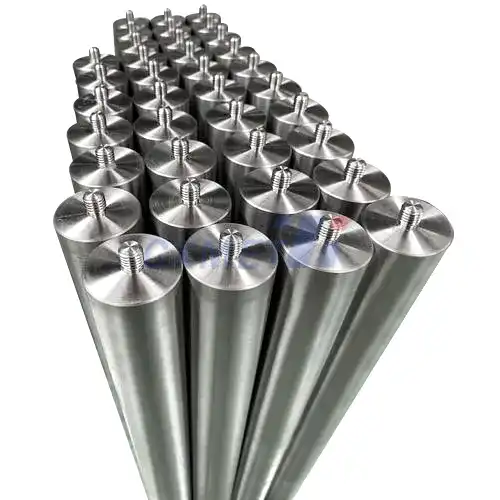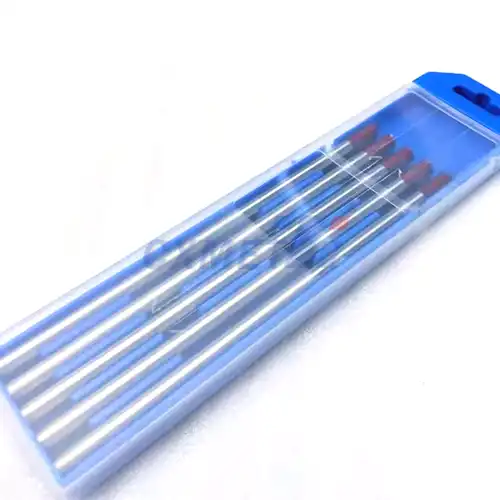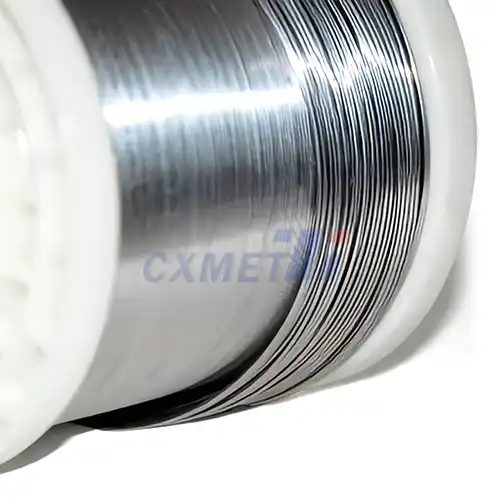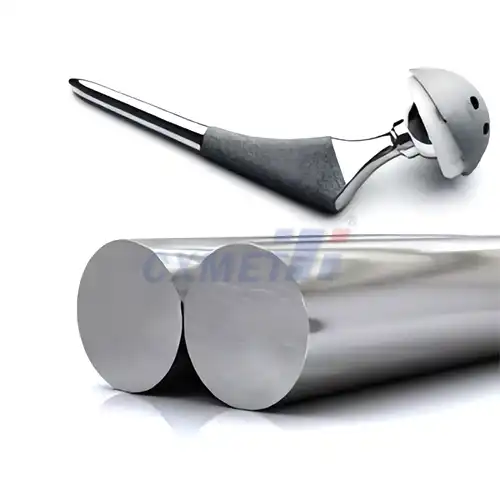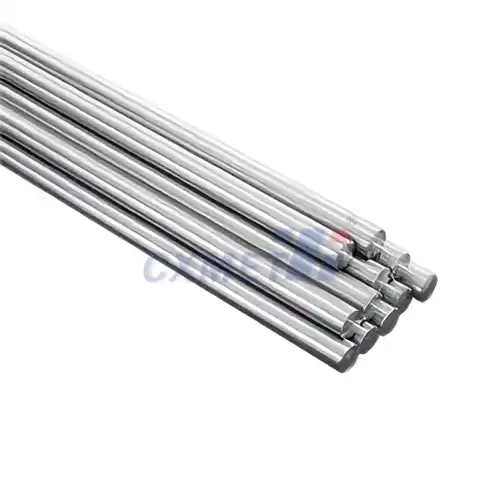- English
- French
- German
- Portuguese
- Spanish
- Russian
- Japanese
- Korean
- Arabic
- Greek
- German
- Turkish
- Italian
- Danish
- Romanian
- Indonesian
- Czech
- Afrikaans
- Swedish
- Polish
- Basque
- Catalan
- Esperanto
- Hindi
- Lao
- Albanian
- Amharic
- Armenian
- Azerbaijani
- Belarusian
- Bengali
- Bosnian
- Bulgarian
- Cebuano
- Chichewa
- Corsican
- Croatian
- Dutch
- Estonian
- Filipino
- Finnish
- Frisian
- Galician
- Georgian
- Gujarati
- Haitian
- Hausa
- Hawaiian
- Hebrew
- Hmong
- Hungarian
- Icelandic
- Igbo
- Javanese
- Kannada
- Kazakh
- Khmer
- Kurdish
- Kyrgyz
- Latin
- Latvian
- Lithuanian
- Luxembou..
- Macedonian
- Malagasy
- Malay
- Malayalam
- Maltese
- Maori
- Marathi
- Mongolian
- Burmese
- Nepali
- Norwegian
- Pashto
- Persian
- Punjabi
- Serbian
- Sesotho
- Sinhala
- Slovak
- Slovenian
- Somali
- Samoan
- Scots Gaelic
- Shona
- Sindhi
- Sundanese
- Swahili
- Tajik
- Tamil
- Telugu
- Thai
- Ukrainian
- Urdu
- Uzbek
- Vietnamese
- Welsh
- Xhosa
- Yiddish
- Yoruba
- Zulu
What are the Physical Properties of Gr5 Ti6Al4V Titanium Wire?
2024-08-08 17:18:28
Gr5 Ti6Al4V titanium wire is a high-performance alloy known for its exceptional strength-to-weight ratio, corrosion resistance, and biocompatibility. This alpha-beta titanium alloy consists of 6% aluminum, 4% vanadium, and the balance titanium. Its unique combination of physical properties makes it a popular choice in various industries, including aerospace, medical, and automotive. The wire form of this alloy offers versatility in applications ranging from surgical implants to high-strength fasteners.
What is the tensile strength of Ti6Al4V titanium wire?
Ti6Al4V titanium wire exhibits remarkable tensile strength, a crucial property that contributes to its widespread use in demanding applications. The tensile strength of this alloy typically ranges from 895 to 1000 MPa (130 to 145 ksi) in the annealed condition. However, it's important to note that the exact tensile strength can vary depending on the wire's diameter and processing history.
The high tensile strength of Ti6Al4V wire is attributed to its unique microstructure, which consists of a fine mixture of alpha and beta phases. The alpha phase, rich in aluminum, provides strength and creep resistance, while the beta phase, stabilized by vanadium, enhances formability and heat treatment response. This balanced composition results in a material that can withstand significant loads without failure.
In practical applications, the impressive tensile strength of Ti6Al4V wire translates to excellent performance in critical components. For instance, in aerospace, it's used in aircraft structural elements and engine parts where high strength-to-weight ratio is paramount. In the medical field, this property ensures the durability of surgical implants and devices subjected to repetitive stresses within the human body.
It's worth noting that the tensile strength of Ti6Al4V wire can be further enhanced through various heat treatment processes. Solution treating and aging can increase the tensile strength to over 1100 MPa (160 ksi), making it suitable for even more demanding applications. However, this increase in strength is often accompanied by a reduction in ductility, which must be carefully balanced based on the specific requirements of the intended use.
The relationship between wire diameter and tensile strength is also significant. Generally, as the wire diameter decreases, the tensile strength tends to increase due to the work hardening effect during the drawing process. This phenomenon allows manufacturers to produce ultra-fine Ti6Al4V wires with exceptionally high strength for specialized applications such as micro-surgical sutures or high-performance fishing lines.
How does the corrosion resistance of Gr5 Ti6Al4V compare to other alloys?
The corrosion resistance of Gr5 Ti6Al4V titanium wire is one of its most remarkable properties, often surpassing that of many other engineering alloys. This exceptional resistance to corrosion is primarily due to the formation of a stable, continuous, highly adherent, and protective oxide film on the metal surface. When exposed to oxygen, titanium and its alloys spontaneously form a thin layer of titanium dioxide (TiO2), which acts as a barrier against corrosive environments.
Compared to stainless steels, which are known for their good corrosion resistance, Ti6Al4V often demonstrates superior performance in many corrosive media. While stainless steels can suffer from pitting and crevice corrosion in chloride-rich environments, Ti6Al4V remains largely unaffected. This makes it an excellent choice for marine applications, where exposure to saltwater is a constant challenge.
In comparison to aluminum alloys, Ti6Al4V shows significantly better corrosion resistance across a wider range of pH levels. Aluminum alloys are susceptible to corrosion in both highly acidic and alkaline environments, whereas Ti6Al4V maintains its integrity in pH ranges from 0 to 14. This broad-spectrum resistance makes it suitable for use in chemical processing equipment and other applications involving aggressive chemical environments.
When compared to nickel-based superalloys like Inconel, Ti6Al4V often exhibits comparable or better corrosion resistance in many environments, with the added advantage of being much lighter. This combination of corrosion resistance and low density makes Ti6Al4V particularly attractive for aerospace applications where weight savings are critical.
The corrosion resistance of Ti6Al4V is not limited to atmospheric or aqueous environments. It also performs exceptionally well in high-temperature oxidizing conditions, maintaining its protective oxide layer up to temperatures around 600°C (1112°F). This property makes it valuable in turbine engines and other high-temperature applications where corrosion resistance is crucial.
It's important to note that while Ti6Al4V has excellent general corrosion resistance, it can be susceptible to stress corrosion cracking (SCC) under certain conditions, particularly in the presence of chlorides at elevated temperatures. However, this susceptibility is generally lower than that of many other high-strength alloys, and proper design considerations can mitigate this risk in most applications.
What are the biocompatibility characteristics of Ti6Al4V titanium wire?
The biocompatibility of Ti6Al4V titanium wire is a key factor in its widespread use in medical and dental applications. Biocompatibility refers to the ability of a material to perform with an appropriate host response in a specific application. Ti6Al4V excels in this regard, making it one of the most preferred materials for implants and medical devices that come into direct contact with human tissues and fluids.
One of the primary reasons for Ti6Al4V's excellent biocompatibility is its ability to osseointegrate. Osseointegration is the process by which bone cells attach directly to the surface of the implant, creating a strong and durable bond. The surface of Ti6Al4V naturally forms a stable oxide layer (TiO2) which is inert and provides a favorable interface for bone cells to adhere and grow. This property makes Ti6Al4V ideal for orthopedic implants, dental implants, and other devices that require long-term integration with bone tissue.
The low reactivity of Ti6Al4V in the human body is another crucial aspect of its biocompatibility. Unlike some other metals, Ti6Al4V does not readily release ions into the surrounding tissues. This low ion release rate significantly reduces the risk of allergic reactions or other adverse responses that can occur with materials like nickel or cobalt-chromium alloys. As a result, Ti6Al4V is considered hypoallergenic and is often the material of choice for patients with known metal sensitivities.
Ti6Al4V also demonstrates excellent compatibility with soft tissues. Its inert nature means that it does not cause significant irritation or inflammation when in contact with muscle, skin, or other soft tissues. This property is particularly valuable in applications such as pacemaker leads, where the wire must maintain long-term contact with various tissue types without causing adverse reactions.
The mechanical properties of Ti6Al4V contribute to its biocompatibility as well. Its elastic modulus, while higher than that of human bone, is lower than many other metallic implant materials. This closer match to bone's elastic properties helps reduce stress shielding, a phenomenon where the implant bears too much of the load, leading to bone resorption around the implant. The high strength-to-weight ratio of Ti6Al4V also allows for the design of implants that are strong enough to withstand physiological loads while being as lightweight as possible, minimizing discomfort for the patient.
Furthermore, the corrosion resistance of Ti6Al4V in biological environments enhances its biocompatibility. The stable oxide layer that forms on its surface resists breakdown even in the presence of bodily fluids, which can be corrosive to many other materials. This resistance to corrosion prevents the release of potentially harmful metal ions and ensures the long-term stability of the implant or device.
It's worth noting that while Ti6Al4V titanium wire is highly biocompatible, ongoing research continues to explore ways to enhance its performance in medical applications. Surface modifications, such as plasma spraying or chemical etching, can be used to further improve osseointegration. Additionally, the development of beta titanium alloys aims to create materials with even closer mechanical properties to human bone while maintaining the excellent biocompatibility of Ti6Al4V.
At SHAANXI CXMET TECHNOLOGY CO., LTD, we take pride in our extensive product range, which caters to diverse customer needs. Our company is equipped with outstanding production and processing capabilities, ensuring the high quality and precision of our products. We are committed to innovation and continuously strive to develop new products, keeping us at the forefront of our industry. With leading technological development capabilities, we are able to adapt and evolve in a rapidly changing market. Furthermore, we offer customized solutions to meet the specific requirements of our clients. If you are interested in our products or wish to learn more about the intricate details of our offerings, please do not hesitate to contact us at sales@cxmet.com. Our team is always ready to assist you.
References:
1. ASM International. (2015). Titanium: A Technical Guide, 2nd Edition.
2. Leyens, C., & Peters, M. (2003). Titanium and Titanium Alloys: Fundamentals and Applications.
3. Donachie, M. J. (2000). Titanium: A Technical Guide, 2nd Edition.
4. Rack, H. J., & Qazi, J. I. (2006). Titanium alloys for biomedical applications. Materials Science and Engineering: C, 26(8), 1269-1277.
5. Niinomi, M. (2008). Mechanical biocompatibilities of titanium alloys for biomedical applications. Journal of the Mechanical Behavior of Biomedical Materials, 1(1), 30-42.
6. Boyer, R., Welsch, G., & Collings, E. W. (1994). Materials Properties Handbook: Titanium Alloys.
7. Peters, M., Kumpfert, J., Ward, C. H., & Leyens, C. (2003). Titanium alloys for aerospace applications. Advanced Engineering Materials, 5(6), 419-427.
8. Geetha, M., Singh, A. K., Asokamani, R., & Gogia, A. K. (2009). Ti based biomaterials, the ultimate choice for orthopaedic implants – A review. Progress in Materials Science, 54(3), 397-425.
9. Lütjering, G., & Williams, J. C. (2007). Titanium (Engineering Materials and Processes).
10. Elias, C. N., Lima, J. H. C., Valiev, R., & Meyers, M. A. (2008). Biomedical applications of titanium and its alloys. JOM, 60(3), 46-49.
